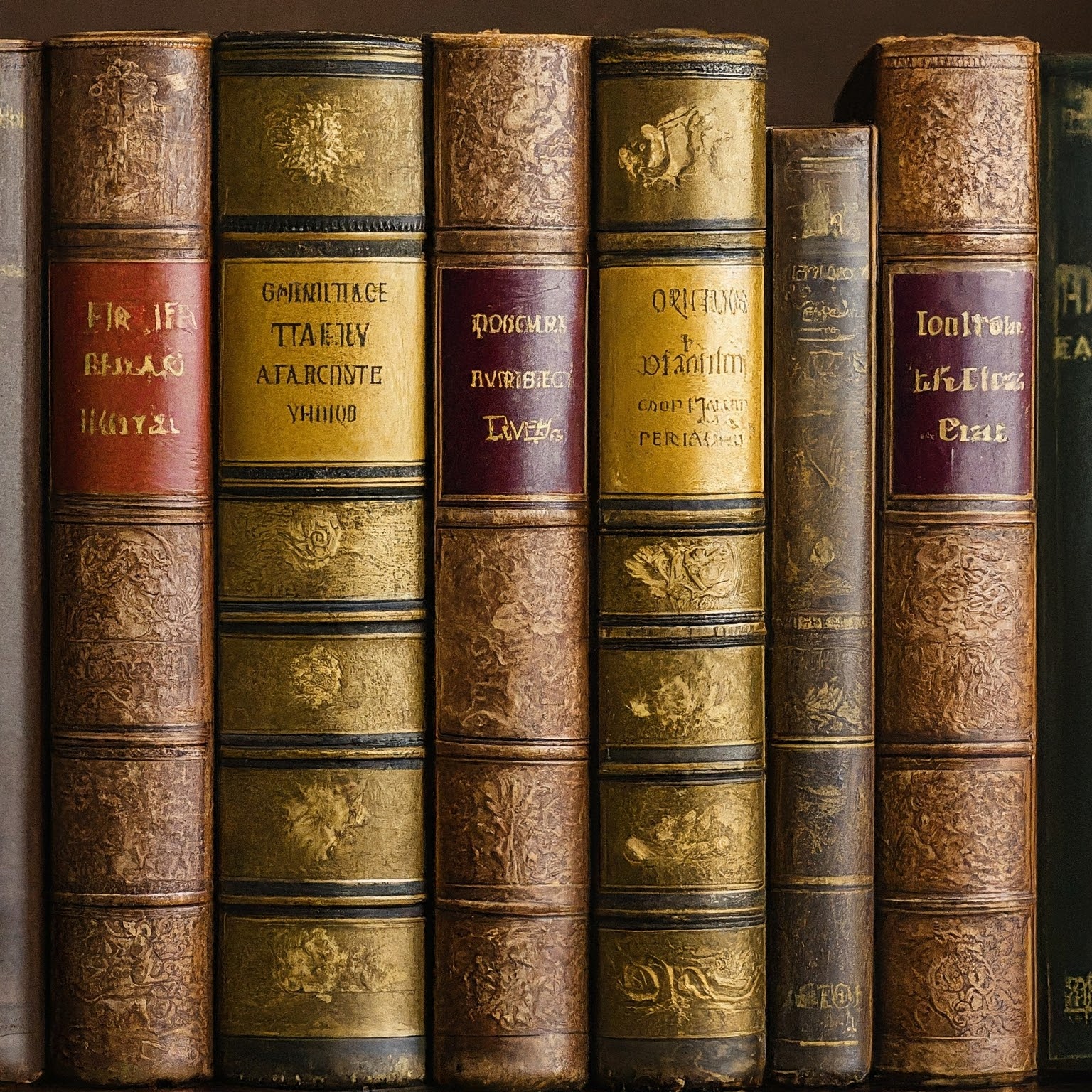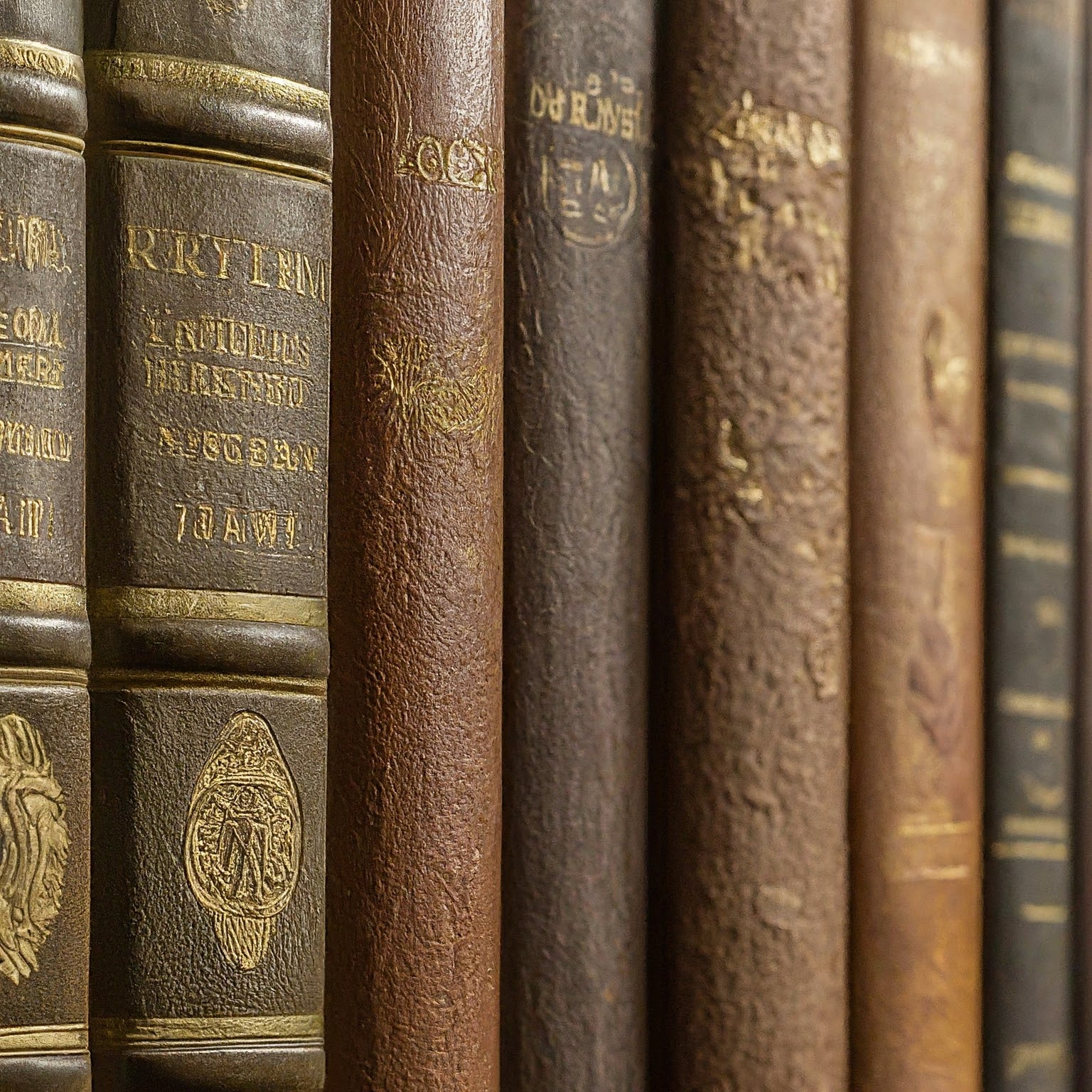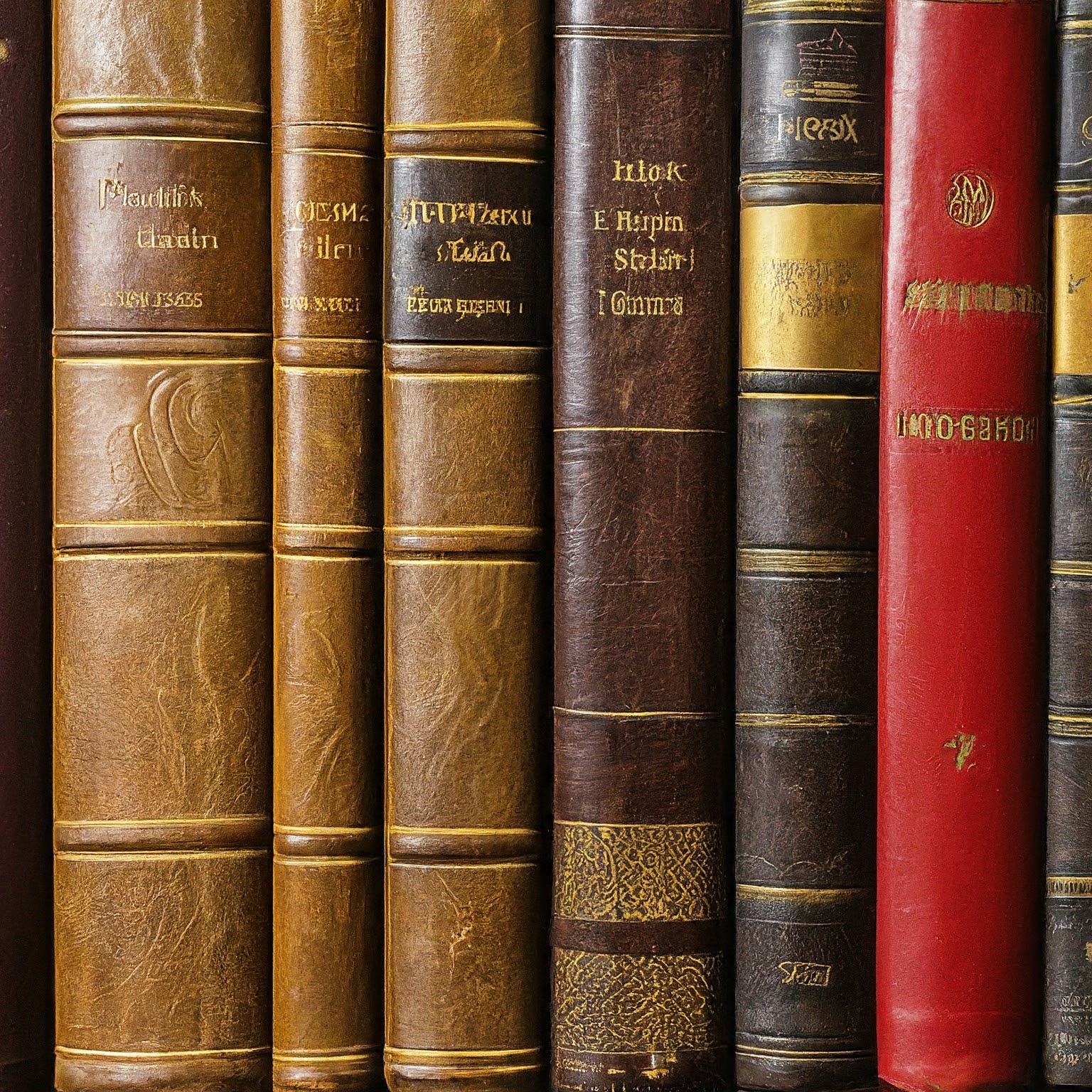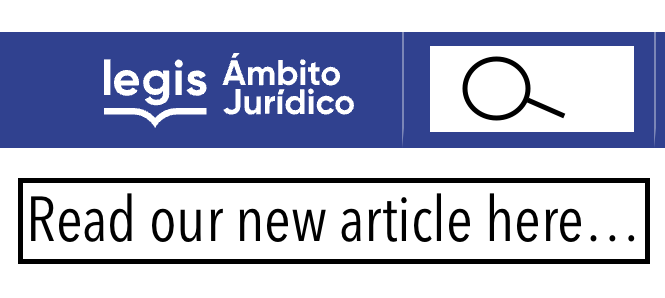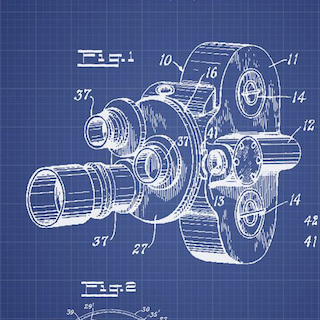Copyright in Legal English
<meta charset=”UTF-8″> <meta name=”keywords” content=”what is copyright, copyright vocabulary, copyright in legal english”>

Legal English Innovation

Quick Guide
Friends forever?
What is copyright in Legal English?
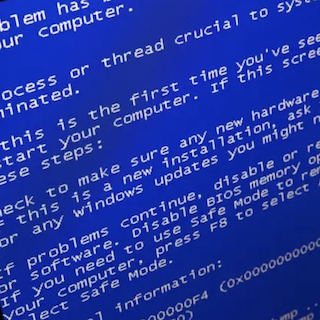
Copyright is a legal concept that grants creators and authors exclusive rights to their original works. These rights protect the creators’ economic and moral interests by enabling them to control the use and distribution of their creations. In this comprehensive guide, we will delve into the various aspects of copyrights, including their definition, scope, duration, infringement, and international implications.
Definition: Copyright is a legal right that automatically protects original works of authorship upon their creation.
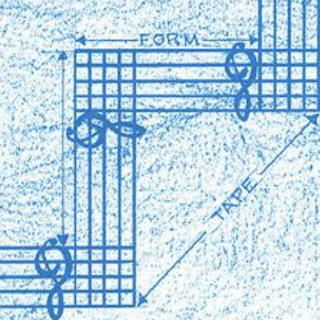
Originality and Fixation: To obtain copyright protection, a work must be original and fixed in a tangible medium of expression.

Eligible Works: Copyright covers a broad range of creative expressions, including literary, artistic, musical, dramatic, architectural, and software works.
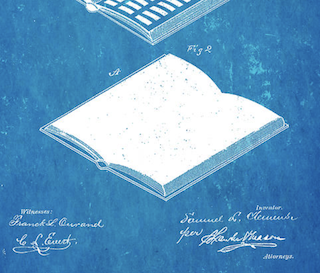
Important Terms
Statute of Anne (1710): The Statute of Anne, also known as the Copyright Act of 1710, is considered one of the earliest copyright laws in the world. It granted authors and creators the right to control the reproduction and distribution of their works for a fixed period.

Author: The creator or originator of a copyrighted work.
Best Edition: Is the edition, published in the United States at any time before the date of deposit, that the Library of Congress determines to be most suitable for its purposes.
Collective Work: Is a work, such as a periodical issue, anthology, or encyclopedia, in which a number of contributions, constituting separate and independent works in themselves, are assembled into a collective whole.
Architectural Work: Is the design of a building as embodied in any tangible medium of expression, including a building, architectural plans, or drawings.
Literary Works: Are works, other than audiovisual works, expressed in words, numbers, or other verbal or numerical symbols or indicia, regardless of the nature of the material objects, such as books, periodicals, manuscripts, phonorecords, film, tapes, disks, or cards, in which they are embodied.
Originality: The requirement that a work be independently created and possess a minimum level of creativity.
Fixation: The requirement that a work be embodied in a tangible form or medium, such as writing, recording, or digital format.
Work of Authorship: A creative expression that is eligible for copyright protection, such as literary, artistic, musical, or architectural works.
Infringement: The unauthorized use, reproduction, distribution, or display of copyrighted material.
Fair Use: A legal doctrine that permits limited use of copyrighted material without permission for purposes such as criticism, commentary, news reporting, teaching, and research.

Derivative Work: A new work based on a preexisting copyrighted work, such as adaptations, translations, or modifications.
Reproduction: The act of making copies or duplicates of a copyrighted work.
Distribution: The act of making copies available to the public, either through sale, rental, or other forms of transfer.
Public Performance: The act of presenting or playing a copyrighted work in public, such as music, plays, films, or live performances.
Public Display: The act of exhibiting or showing a copyrighted work in public, such as artwork, photographs, or sculptures.
Berne Convention: An international treaty that establishes minimum standards for copyright protection among its member countries.
Pseudonymous Work: Is a work on the copies or phonorecords of which the author is identified under a fictitious name.
Transfer of Copyright Ownership: Is an assignment, mortgage, exclusive license, or any other conveyance, alienation, or hypothecation of a copyright or of any of the exclusive rights comprised in a copyright, whether or not it is limited in time or place of effect, but not including a nonexclusive license.
The author’s “widow” or “widower”: Is the author’s surviving spouse under the law of the author’s domicile at the time of his or her death, whether or not the spouse has later remarried.

Legal English Innovation

Copyright Overview

Subject Matter:
Protects original works of authorship, such as literary, artistic, musical, and dramatic creations. It covers forms of expression, including:
(1) literary works;
(2) musical works, including any accompanying words;
(3) dramatic works, including any accompanying music;
(4) pantomimes and choreographic works;
(5) pictorial, graphic, and sculptural works;
(6) motion pictures and other audiovisual works;
(7) sound recordings; and
(8) architectural works.
Purpose:
Aims to encourage and reward creative expression by providing creators with the ability to control and monetize their works. It supports the arts, literature, music, and other forms of cultural production.
Registration:
Becomes automatic upon the creation of the work. Registration may be optional, but it can provide additional benefits, such as evidence of ownership and easier enforcement in legal proceedings.
Nature of Protection:
Confers exclusive rights to the creator or author of a work, granting them the authority to control reproduction, distribution, display, performance, and the creation of derivative works based on their original expression.
Duration of Protection:
Lasts for the author’s lifetime plus a specific number of years after their death, varying by jurisdiction. In many countries, it extends for 70 years or more after the author’s demise.
For an anonymous work, a pseudonymous work, or a work made for hire, the copyright endures for a term of 95 years from the year of its first publication or a term of 120 years from the year of its creation, whichever expires first.


Writing Style Tips
acronyms and initials
Use to Conserve Space:
Acronyms should be employed only when the organization or term appears multiple times in the text. When first mentioned, the complete term should be spelled out, followed by its acronym in parentheses. Subsequently, the abbreviation can be used, unless it is an acronym familiar to most readers, like WTO and WIPO.
Use to Ease Readability:
Acronyms and initials serve the purpose of conserving space and minimizing reader distraction. Acronyms representing three or more words are typically written without periods, except for “U.S.S.R.”


Use Sparingly:
It is advisable to minimize the use of acronyms whenever feasible. Instead, opt for using the full terms or phrases to ensure clarity and avoid confusion. However, if there is a necessity to employ acronyms, it is crucial to do so sparingly.
Use for two-letters:
It is recommended to write out two-letter words like “United Nations” in full. Alternatively, if an acronym is desired, you can use periods between the letters, such as “U.N.” It is advisable to refrain from substituting two-letter acronyms for nouns whenever possible. In cases where the acronym forms an unrelated word, you should use periods between the letters without spaces.

Digital Millennium Copyright Act (DMCA): A U.S. law that provides a framework for addressing copyright infringement in the digital environment, including provisions for takedown notices and safe harbors for online service providers.
Use some examples:
Trade Related Aspects of Intellectual Property Rights (TRIPS): An agreement administered by the World Trade Organization (WTO) that sets minimum standards for intellectual property protection, including copyright, in international trade.

World Intellectual Property Organization (WIPO): A specialized agency of the United Nations that promotes the protection of intellectual property worldwide.


Legal English Innovation

Rights Granted by Copyright

Reproduction Right: The exclusive right to reproduce the work in any tangible form or medium.
Distribution Right: The exclusive right to distribute copies of the work to the public.
Derivative Work Right: The exclusive right to create adaptations, translations, or other derivative works.
Public Performance Right: The exclusive right to perform the work publicly (e.g., music, plays, films).
Public Display Right: The exclusive right to display the work publicly (e.g., artwork, photographs).
Never sell your publishing.

Legal English Innovation

Public Domain

Public domain refers to a legal status of intellectual property where works are not protected by copyright or any other exclusive rights. When a work enters the public domain, it means that it is freely available for use by anyone without the need for permission or payment to the original creator or copyright holder. Public domain works can be used, copied, modified, distributed, or adapted by anyone for any purpose, including commercial use, without infringing on any legal rights.
There are various ways that a work can enter the public domain:
Expired Copyright: Copyright protection has a limited duration, typically lasting for the author’s lifetime plus a certain number of years after their death. Once the copyright term expires, the work enters the public domain. The duration of copyright varies between countries, but as a general guideline, copyright in most countries lasts for several decades after the creator’s death.
Copyright Not Meeting Eligibility Criteria: Some works may not meet the necessary requirements for copyright protection, such as lacking originality or failing to be fixed in a tangible medium of expression. These works are not eligible for copyright and are considered part of the public domain from their creation.
Dedication to the Public Domain: Creators may voluntarily choose to dedicate their works to the public domain, explicitly waiving their copyright rights and allowing unrestricted use by the public.
Government Works: Works created by employees of a government or by government entities are often automatically considered part of the public domain. This includes laws, court decisions, reports, and official publications.
Public Display Right: The exclusive right to display the work publicly (e.g., artwork, photographs).

Legal English Innovation

Infringement

Definition:
Copyright infringement occurs when someone violates the exclusive rights of a copyright holder without permission.
Fair Use:
Fair use is a legal doctrine that allows limited use of copyrighted material without permission for purposes such as criticism, commentary, news reporting, teaching, and research.
In determining whether the use made of a work in any particular case is a fair use the factors to be considered shall include
(1) the purpose and character of the use, including whether such use is of a commercial nature or is for nonprofit educational purposes;
(2) the nature of the copyrighted work;
(3) the amount and substantiality of the portion used in relation to the copyrighted work as a whole; and
(4) the effect of the use upon the potential market for or value of the copyrighted work.

Legal English Innovation

Copyright Registration and Notice

Copyright Registration:
While copyright protection exists upon creation, registration with a copyright office provides additional legal benefits, including the ability to file infringement lawsuits.
Copyright Notice:
A copyright notice serves as a visible indication that a work is protected by copyright, typically consisting of the copyright symbol (©), the year of first publication, and the copyright owner’s name.

Copyright in General

What does copyright protect?
Copyright, a form of intellectual property law, protects original works of authorship including literary, dramatic, musical, and artistic works, such as poetry, novels, movies, songs, computer software, and architecture. Copyright does not protect facts, ideas, systems, or methods of operation, although it may protect the way these things are expressed. See Circular 1, Copyright Basics, section “What Works Are Protected.”
How is a copyright different from a patent or a trademark?
Copyright protects original works of authorship, while a patent protects inventions or discoveries. Ideas and discoveries are not protected by the copyright law, although the way in which they are expressed may be. A trademark protects words, phrases, symbols, or designs identifying the source of the goods or services of one party and distinguishing them from those of others.
Do I have to register with your office to be protected?
No. In general, registration is voluntary. Copyright exists from the moment the work is created. You will have to register, however, if you wish to bring a lawsuit for infringement of a U.S. work. See Circular 1, Copyright Basics, section “Copyright Registration.”
Is my copyright good in other countries?
The United States has copyright relations with most countries throughout the world, and as a result of these agreements, we honor each other’s citizens’ copyrights. However, the United States does not have such copyright relationships with every country. For a listing of countries and the nature of their copyright relations with the United States, see Circular 38a, International Copyright Relations of the United States.
Why should I register my work if copyright protection is automatic?
Registration is recommended for a number of reasons. Many choose to register their works because they wish to have the facts of their copyright on the public record and have a certificate of registration. Registered works may be eligible for statutory damages and attorney’s fees in successful litigation. Finally, if registration occurs within five years of publication, it is considered prima facie evidence in a court of law. See Circular 1, Copyright Basics, section “Copyright Registration” and Circular 38b, Highlights of Copyright Amendments Contained in the Uruguay Round Agreements Act (URAA), on non-U.S. works.

Legal English Innovation
About the Author
Eric Froiland
Eric is a legal English teacher from the United States and has been based out of Bogota, Colombia for the last 10 years. He is the owner and founder of Legal English Innovation SAS, which is recognized as the top legal English academy in Colombia and is an official Test of Legal English Skills (TOLES) examination center.
